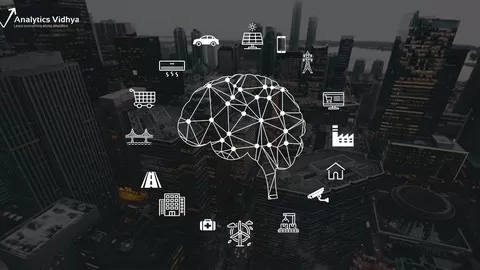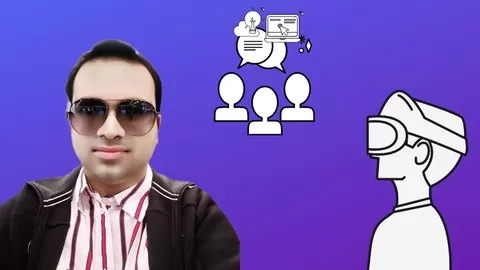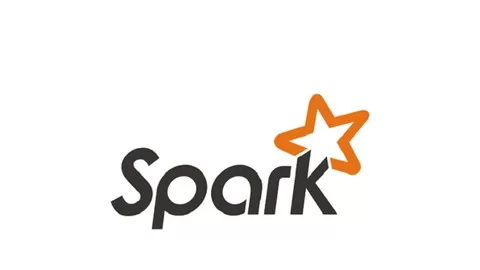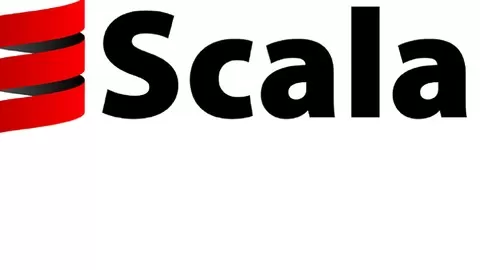Understand the intuition behind Artificial Neural Networks.
Understand the intuition behind Convolutional Neural Networks
Understand the intuition behind Recurrent Neural Networks
Understand the intuition behind Self-Organizing Maps
Understand the intuition behind Boltzmann Machines
Understand the intuition behind AutoEncoders
Apply Artificial Neural Networks in practice
Apply Convolutional Neural Networks in practice
Apply Recurrent Neural Networks in practice
Apply Self-Organizing Maps in practice
Apply Boltzmann Machines in practice
Apply AutoEncoders in practice
— The Tools —
Tensorflow and Pytorch are the two most popular open-source libraries for Deep Learning. In this course you will learn both!
TensorFlow was developed by Google and is used in their speech recognition system, in the new google photos product, gmail, google search and much more. Companies using Tensorflow include AirBnb, Airbus, Ebay, Intel, Uber and dozens more.
PyTorch is as just as powerful and is being developed by researchers at Nvidia and leading universities: Stanford, Oxford, ParisTech. Companies using PyTorch include Twitter, Saleforce and Facebook.
So which is better and for what?
Well, in this course you will have an opportunity to work with both and understand when Tensorflow is better and when PyTorch is the way to go. Throughout the tutorials we compare the two and give you tips and ideas on which could work best in certain circumstances.
— Real-World Case Studies —
Mastering Deep Learning is not just about knowing the intuition and tools, it’s also about being able to apply these models to real-world scenarios and derive actual measurable results for the business or project. That’s why in this course we are introducing six exciting challenges:
#1 Churn Modelling Problem
In this part you will be solving a data analytics challenge for a bank. You will be given a dataset with a large sample of the bank’s customers. To make this dataset, the bank gathered information such as customer id, credit score, gender, age, tenure, balance, if the customer is active, has a credit card, etc. During a period of 6 months, the bank observed if these customers left or stayed in the bank.
Your goal is to make an Artificial Neural Network that can predict, based on geo-demographical and transactional information given above, if any individual customer will leave the bank or stay (customer churn). Besides, you are asked to rank all the customers of the bank, based on their probability of leaving. To do that, you will need to use the right Deep Learning model, one that is based on a probabilistic approach.
If you succeed in this project, you will create significant added value to the bank. By applying your Deep Learning model the bank may significantly reduce customer churn.
#2 Image Recognition
In this part, you will create a Convolutional Neural Network that is able to detect various objects in images. We will implement this Deep Learning model to recognize a cat or a dog in a set of pictures. However, this model can be reused to detect anything else and we will show you how to do it – by simply changing the pictures in the input folder.
For example, you will be able to train the same model on a set of brain images, to detect if they contain a tumor or not. But if you want to keep it fitted to cats and dogs, then you will literally be able to a take a picture of your cat or your dog, and your model will predict which pet you have. We even tested it out on Hadelin’s dog!
#3 Stock Price Prediction
In this part, you will create one of the most powerful Deep Learning models. We will even go as far as saying that you will create the Deep Learning model closest to “Artificial Intelligence”. Why is that? Because this model will have long-term memory, just like us, humans.
The branch of Deep Learning which facilitates this is Recurrent Neural Networks. Classic RNNs have short memory, and were neither popular nor powerful for this exact reason. But a recent major improvement in Recurrent Neural Networks gave rise to the popularity of LSTMs (Long Short Term Memory RNNs) which has completely changed the playing field. We are extremely excited to include these cutting-edge deep learning methods in our course!
In this part you will learn how to implement this ultra-powerful model, and we will take the challenge to use it to predict the real Google stock price. A similar challenge has already been faced by researchers at Stanford University and we will aim to do at least as good as them.
#4 Fraud Detection
According to a recent report published by Markets & Markets the Fraud Detection and Prevention Market is going to be worth $33.19 Billion USD by 2021. This is a huge industry and the demand for advanced Deep Learning skills is only going to grow. That’s why we have included this case study in the course.
This is the first part of Volume 2 – Unsupervised Deep Learning Models. The business challenge here is about detecting fraud in credit card applications. You will be creating a Deep Learning model for a bank and you are given a dataset that contains information on customers applying for an advanced credit card.
This is the data that customers provided when filling the application form. Your task is to detect potential fraud within these applications. That means that by the end of the challenge, you will literally come up with an explicit list of customers who potentially cheated on their applications.
#5 & 6 Recommender Systems
From Amazon product suggestions to Netflix movie recommendations – good recommender systems are very valuable in today’s World. And specialists who can create them are some of the top-paid Data Scientists on the planet.
We will work on a dataset that has exactly the same features as the Netflix dataset: plenty of movies, thousands of users, who have rated the movies they watched. The ratings go from 1 to 5, exactly like in the Netflix dataset, which makes the Recommender System more complex to build than if the ratings were simply “Liked” or “Not Liked”.
Your final Recommender System will be able to predict the ratings of the movies the customers didn’t watch. Accordingly, by ranking the predictions from 5 down to 1, your Deep Learning model will be able to recommend which movies each user should watch. Creating such a powerful Recommender System is quite a challenge so we will give ourselves two shots. Meaning we will build it with two different Deep Learning models.
Here are five reasons we think Deep Learning Zero to Hero™ really is different, and stands out from the crowd of other training programs out there:
1. ROBUST STRUCTURE
The first and most important thing we focused on is giving the course a robust structure. Deep Learning is very broad and complex and to navigate this maze you need a clear and global vision of it.
That’s why we grouped the tutorials into two volumes, representing the two fundamental branches of Deep Learning: Supervised Deep Learning and Unsupervised Deep Learning. With each volume focusing on three distinct algorithms, we found that this is the best structure for mastering Deep Learning.
2. INTUITION TUTORIALS
So many courses and books just bombard you with the theory, and math, and coding… But they forget to explain, perhaps, the most important part: why you are doing what you are doing. And that’s how this course is so different. We focus on developing an intuitive *feel* for the concepts behind Deep Learning algorithms.
With our intuition tutorials you will be confident that you understand all the techniques on an instinctive level. And once you proceed to the hands-on coding exercises you will see for yourself how much more meaningful your experience will be. This is a game-changer.
3. EXCITING PROJECTS
Are you tired of courses based on over-used, outdated data sets?
Yes? Well then you’re in for a treat.
Inside this class we will work on Real-World datasets, to solve Real-World business problems. (Definitely not the boring iris or digit classification datasets that we see in every course). In this course we will solve six real-world challenges:
•Artificial Neural Networks to solve a Customer Churn problem
•Convolutional Neural Networks for Image Recognition
•Recurrent Neural Networks to predict Stock Prices
•Self-Organizing Maps to investigate Fraud
•Boltzmann Machines to create a Recomender System
•Stacked Autoencoders* to take on the challenge for the Netflix $1 Million prize
*Stacked Autoencoders is a brand new technique in Deep Learning which didn’t even exist a couple of years ago. We haven’t seen this method explained anywhere else in sufficient depth.
4. HANDS-ON CODING
In Deep Learning A-Z™ we code together with you. Every practical tutorial starts with a blank page and we write up the code from scratch. This way you can follow along and understand exactly how the code comes together and what each line means.
In addition, we will purposefully structure the code in such a way so that you can download it and apply it in your own projects. Moreover, we explain step-by-step where and how to modify the code to insert YOUR dataset, to tailor the algorithm to your needs, to get the output that you are after.
This is a course which naturally extends into your career.










